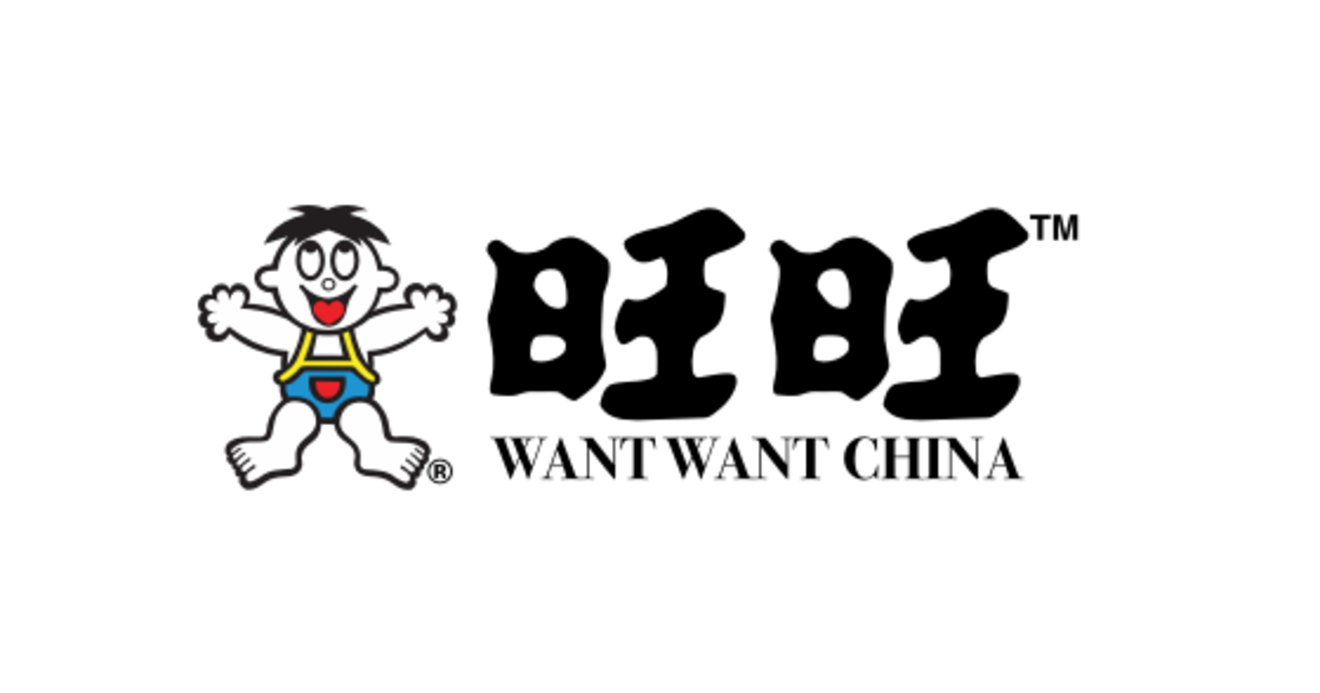Want Want China Holdings Ltd
Key Information
HQ:
China
Market Cap:
$7.49bn
Primary Market:
Asia
Business Type:
Protein Producer
Company Information
Company Summary
Want Want China Holdings Ltd. engages in the manufacturing, distribution, and sale of food and beverages, with operations in four segments: rice crackers, dairy products, and beverages. The company primarily serves customers in the People’s Republic of China, with exports to North America, East Asia, Southeast Asia, and Europe. The company was founded in 1962 and is headquartered in Kowloon Bay, Hong Kong.
Revenue
Total revenue:
$3.3bn
Revenue by Geography
Revenue by Protein
Revenue by Product Type
Active Projects

Coller FAIRR Protein Producer Index
Multiple themes
Disclosures
CDP ScoresLast Reviewed: 16/10/2024
| CDP Climate | CDP Forests | CDP Water |
|---|---|---|
| Yes | Yes | Yes |
Science Based Target initiativeLast Reviewed: 16/10/2024
| Target classification | Status | Date |
|---|---|---|
| Has not set SBT | - | - |